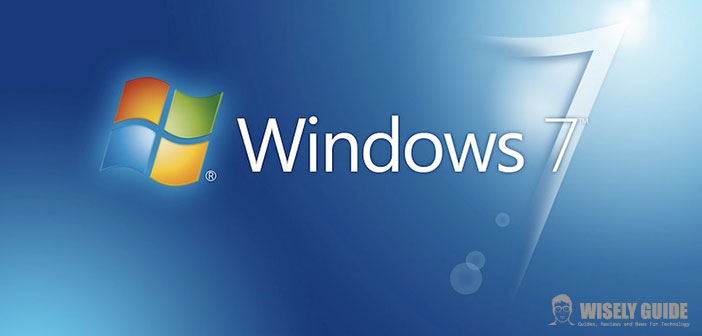+400% phishing attacks in 2019 and Windows 7 is increasingly at risk
A new Webroot study investigated the evolution of the cybersecurity landscape, demonstrating how phishing attacks are becoming increasingly sophisticated and complex.
Webroot shared the results of the Threat Report: Mid-Year Update, the latest study by the IT security company with the aim of ” exploring the evolution of the cybersecurity landscape “.
There are several trends observed, including the growth of 70% of Windows 7 systems not updated since last January. Webroot also indicated that 1 in 50 links is malicious, and nearly a third of phishing sites use the HTTPS protocol.
According to the survey, hackers use domains considered reliable and the HTTPS protocol to deceive users, and for this reason, it becomes important to have a good computer education. Phishing messages are increasingly personalized, and hackers reuse the information thus obtained, in addition to taking possession of the hacked accounts. Webroot specifically claims that 24% of malicious links are hosted by secure domains.
Attackers know that trusted URLs generate less suspicion and are more difficult to block on the browser side. In addition, 1.9% of the links are malicious, given ” rather high ” if you consider that a good part of the users click on more than 25 links a day, and a third of the pages make use of the HTTPS protocol, thus pretending to come from safe and reliable source. The study also analyzed the situation of phishing attacks.
From January to July 2019, a 400% increase in malicious URLs was detected, affecting the following sectors: SaaS / Webmail suppliers (25%), financial institutions (19%), social media (16%), retail (14%), file hosting services (11%), payment service companies (8%).
Over time, the attacks have become not only more personalized, but also deeper: violated passwords are often used not only to take control of the account, but also to perpetrate actions such as blackmail in search of a ransom.
Furthermore, among PC infected, 64% include end-user machines while 36% include corporate devices, probably because home users are not protected by firewalls and suitable security measures and often do not have a device updated regularly.
The Windows 7 system is at greater risk, with IP running the operating system not updated or without patches that has increased by 70%. The vast majority of malware attacking Windows systems is hiding in 3 areas of the OS: 41% in the ” temp ” folder, 24% in ” appdata “, and 11% in the ” cache “.
Product prices and availability are subject to change. Any price and availablility information displayed on Amazon at the time of purchase will apply to the purchase of any products.

